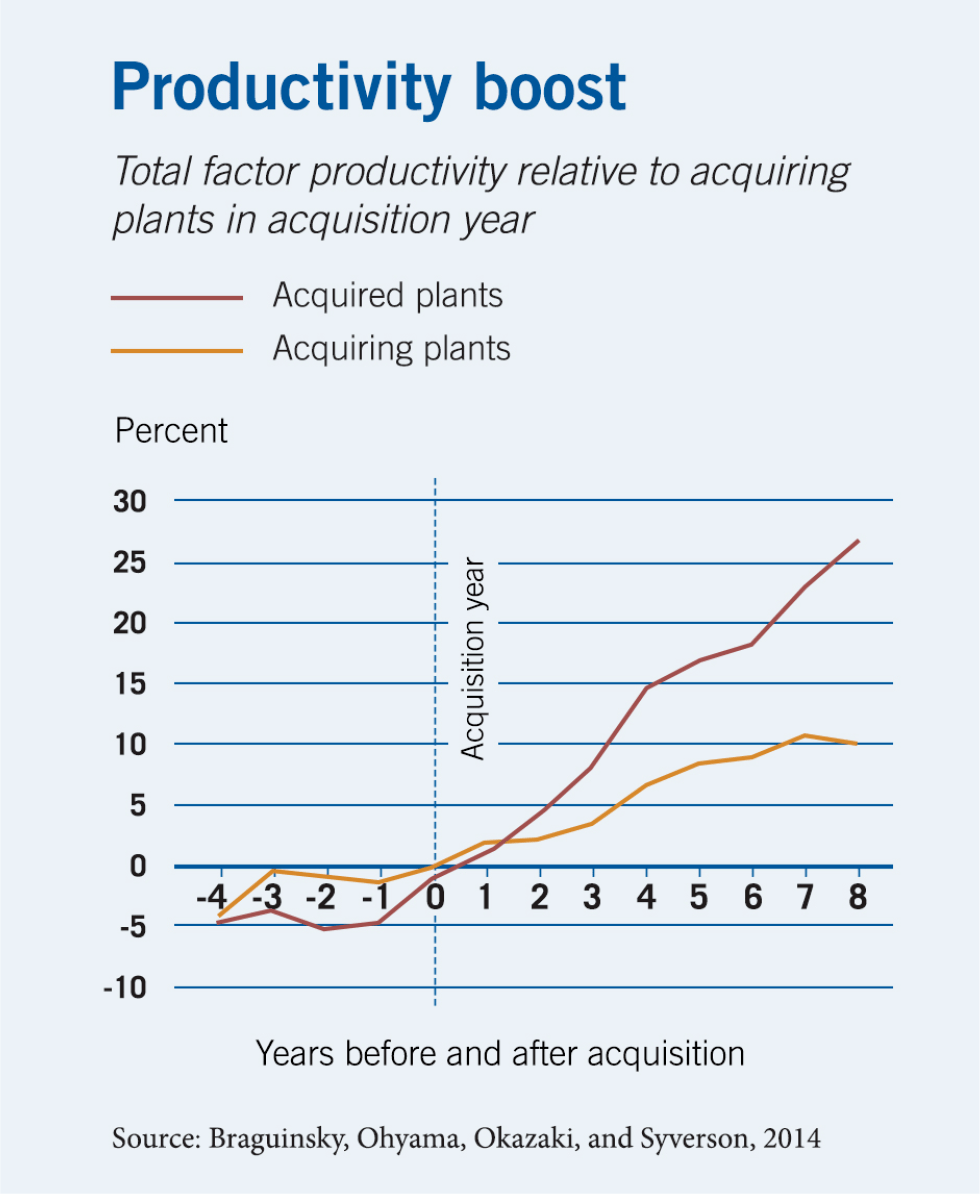
Emancipation May Have Generated the Largest Economic Gains in US History
Conventional economic analysis of slavery overlooks the costs imposed upon the people who were enslaved.
Emancipation May Have Generated the Largest Economic Gains in US History